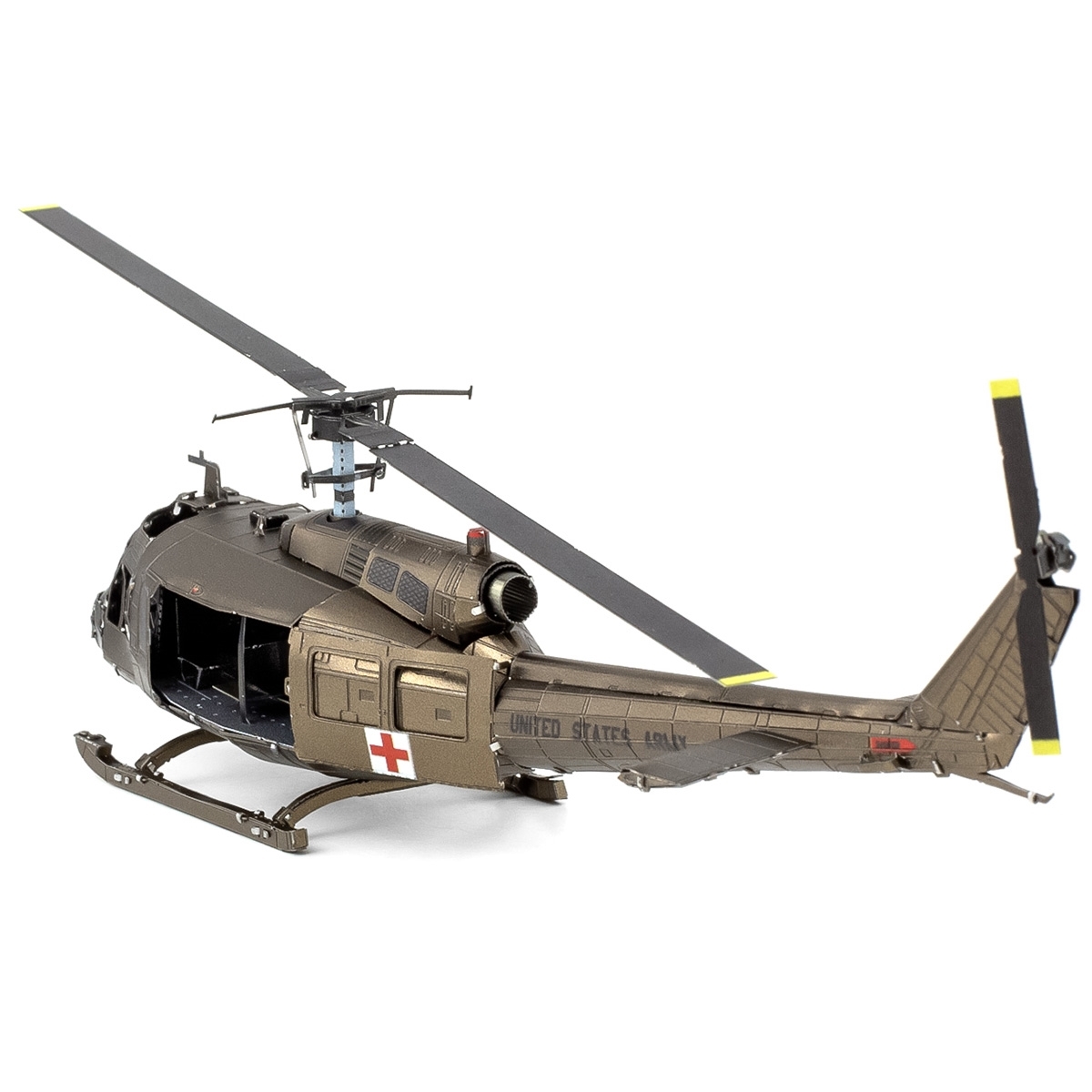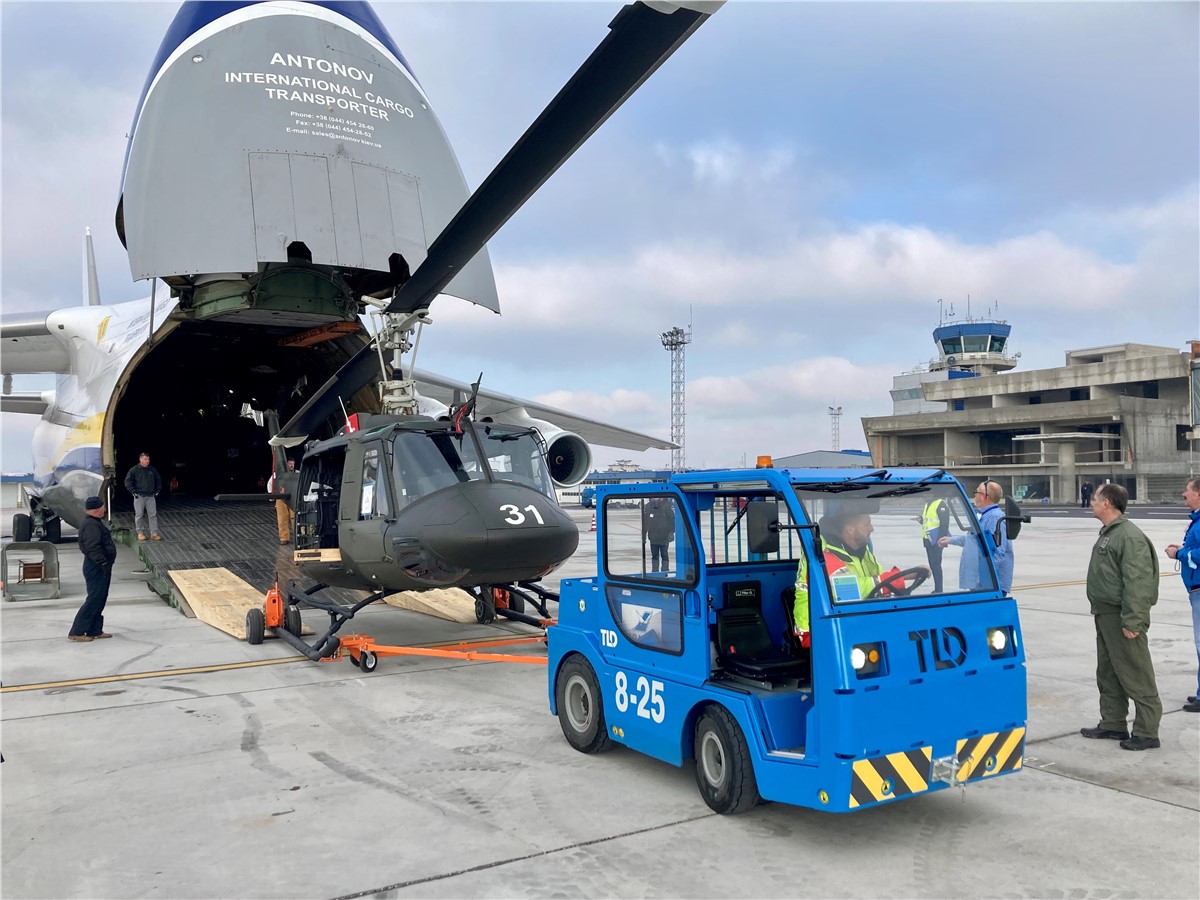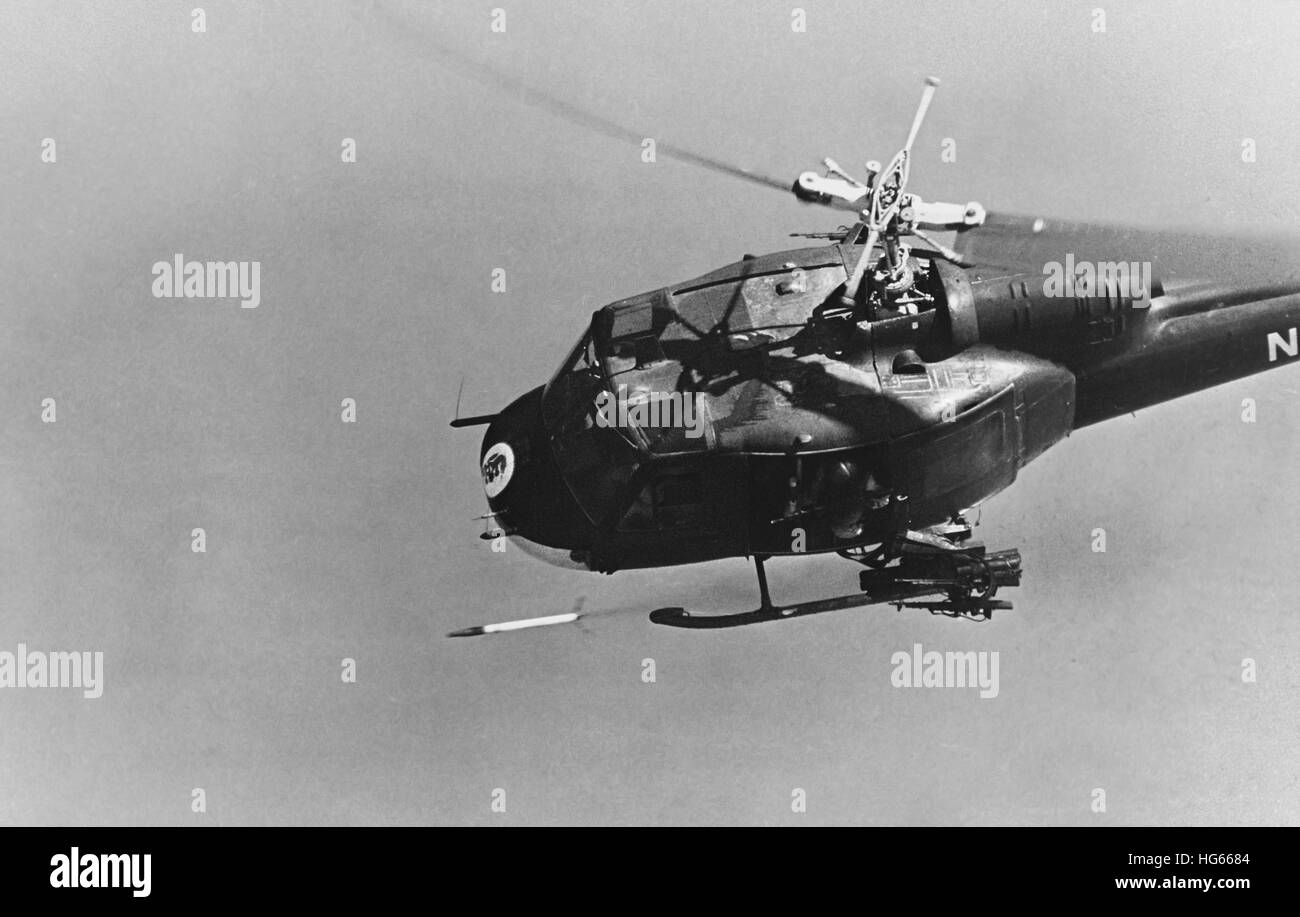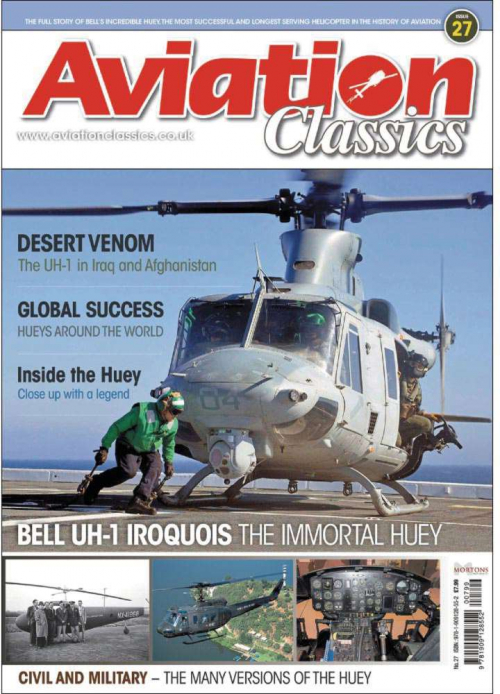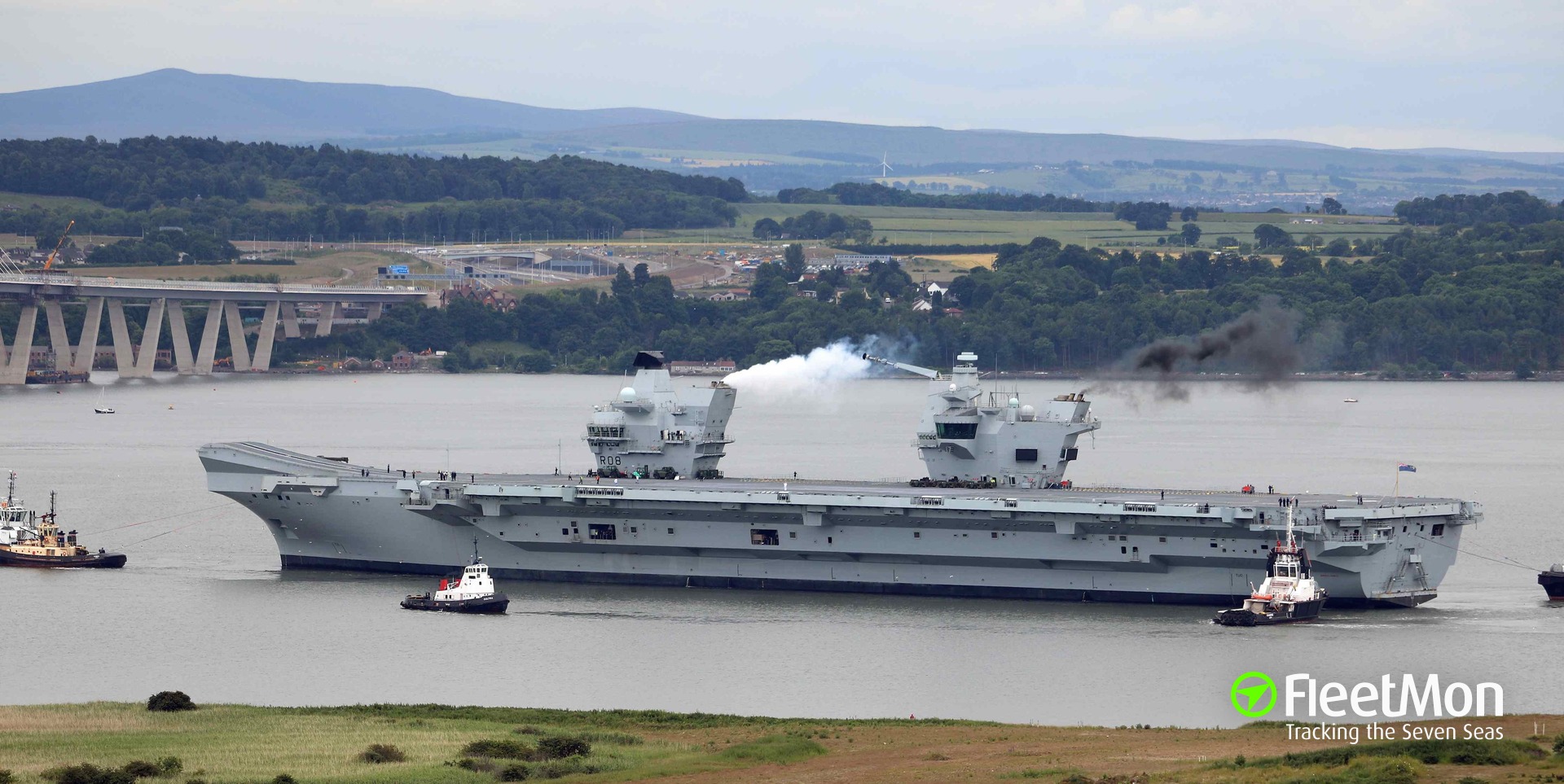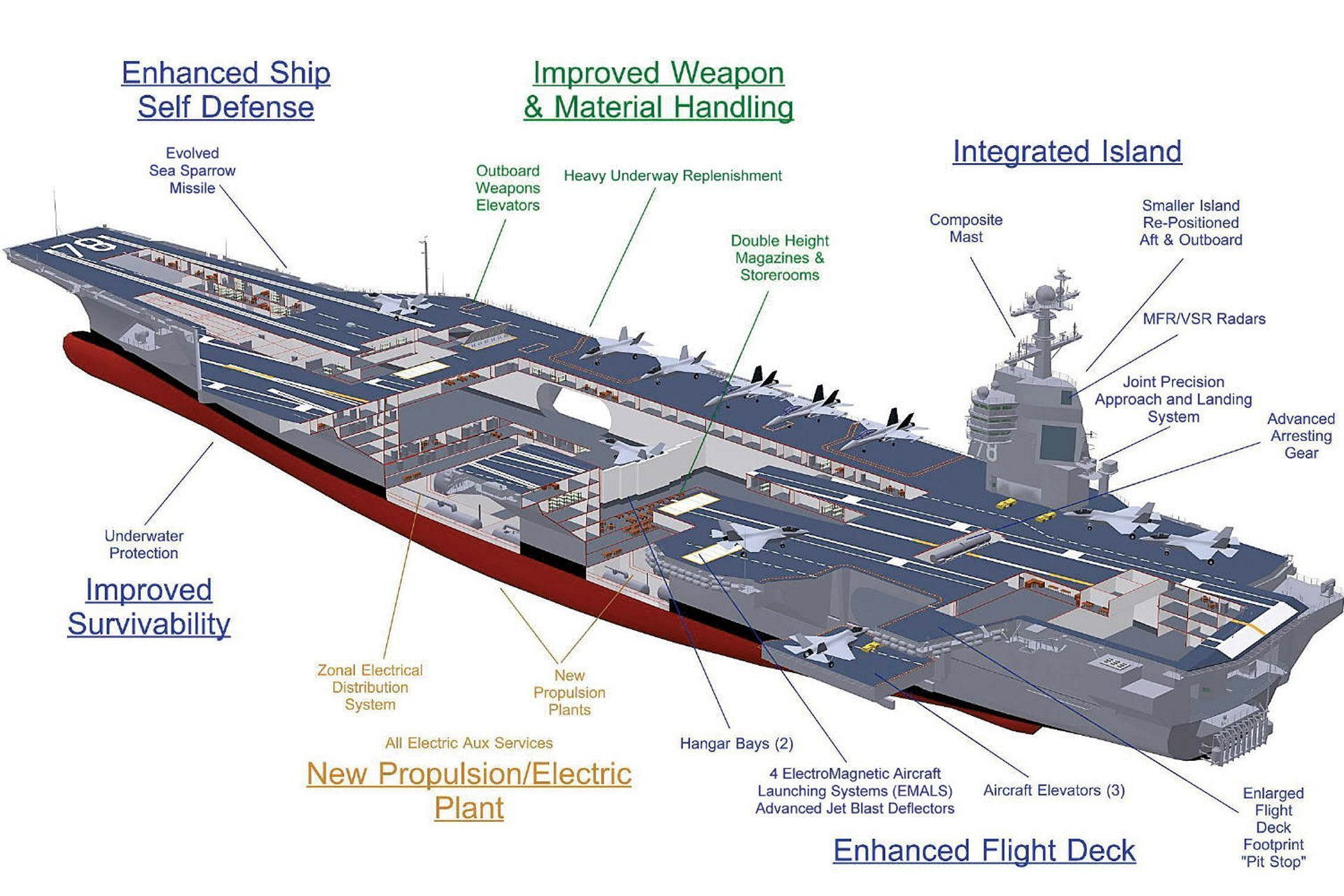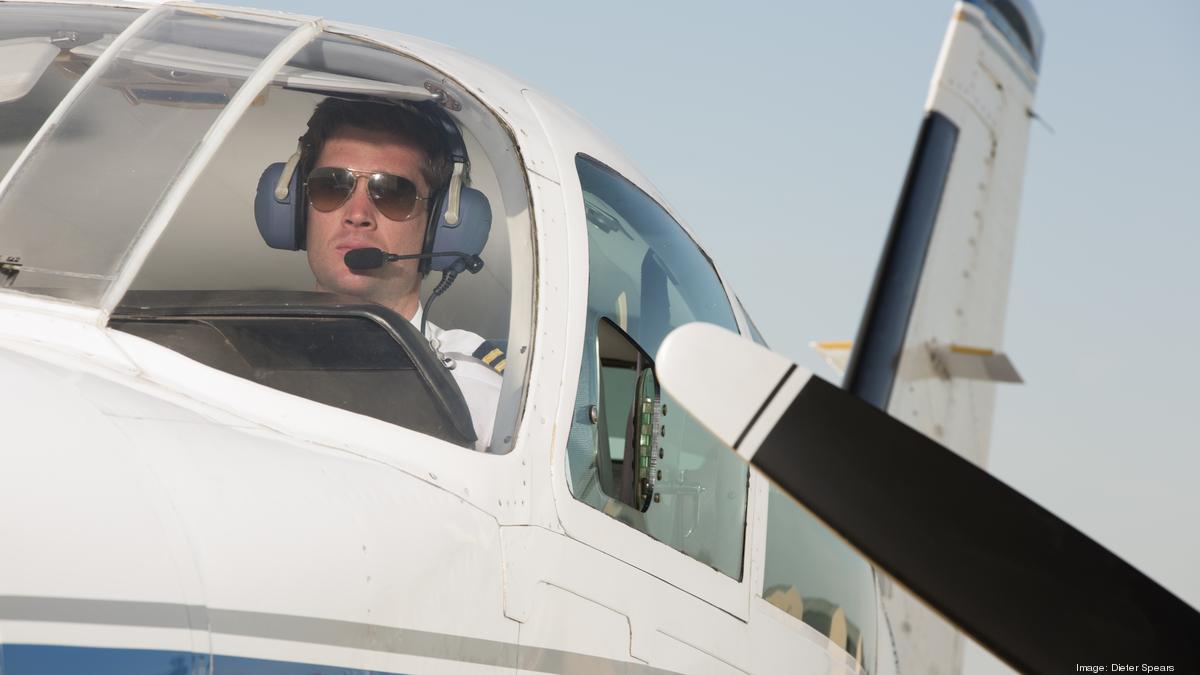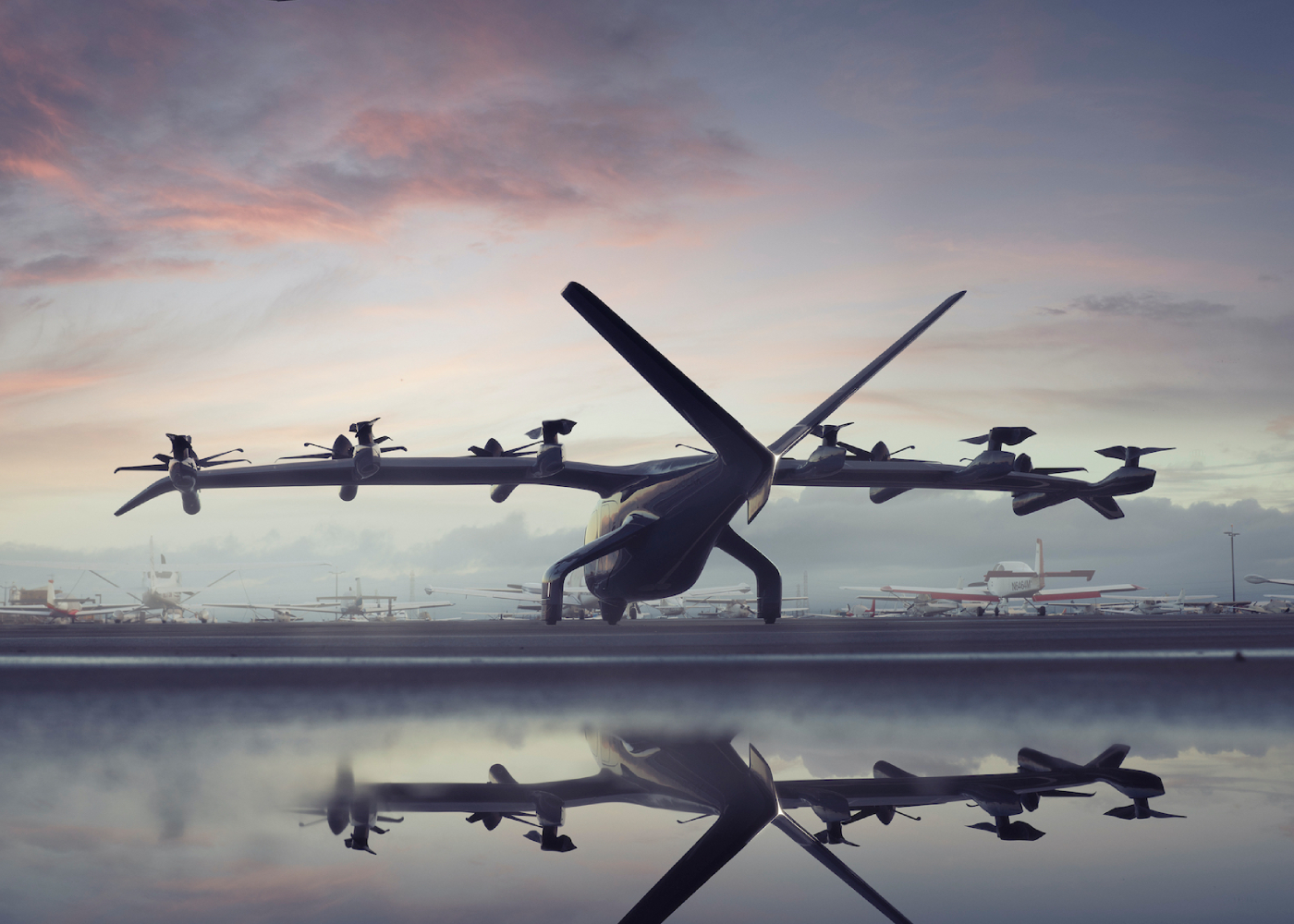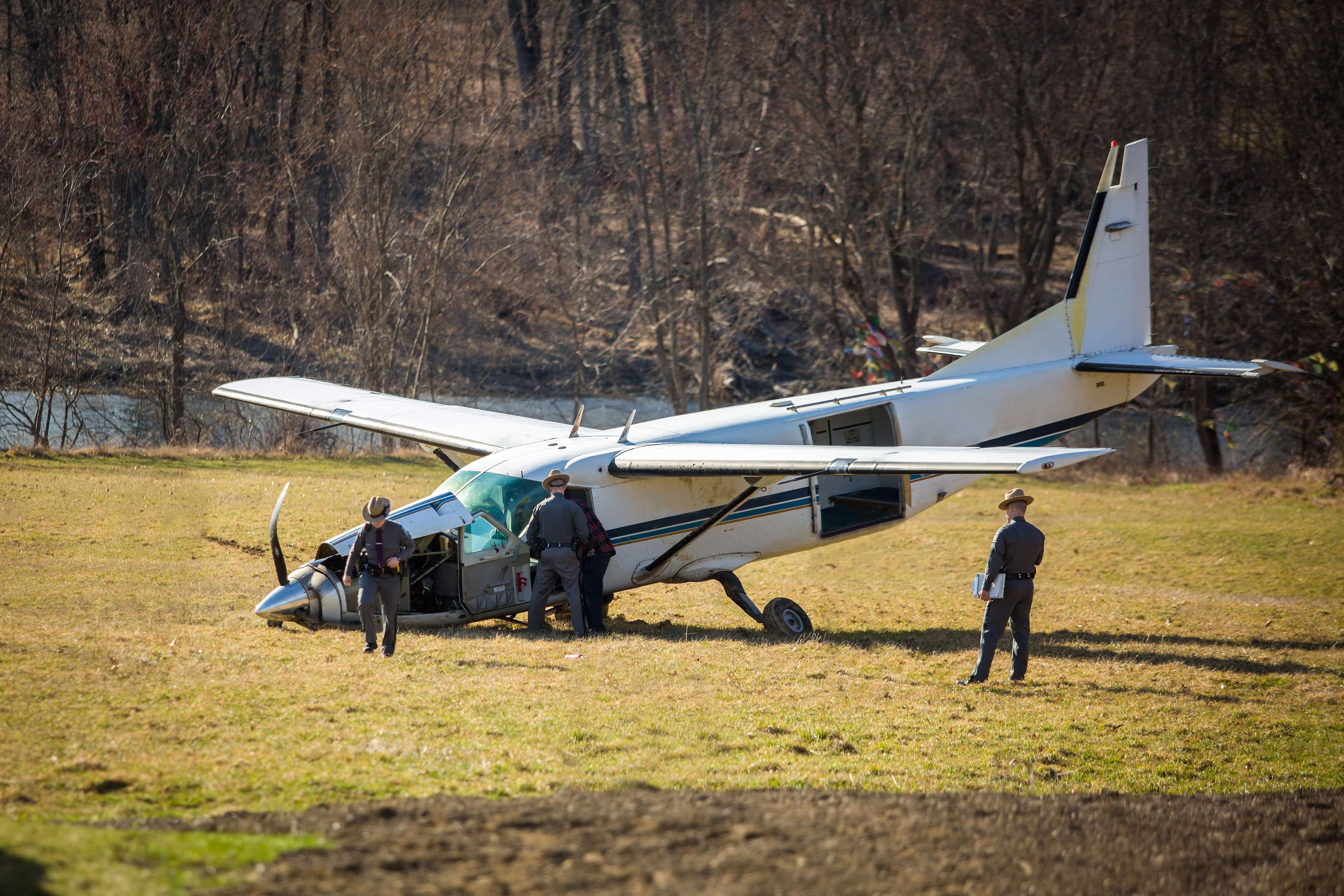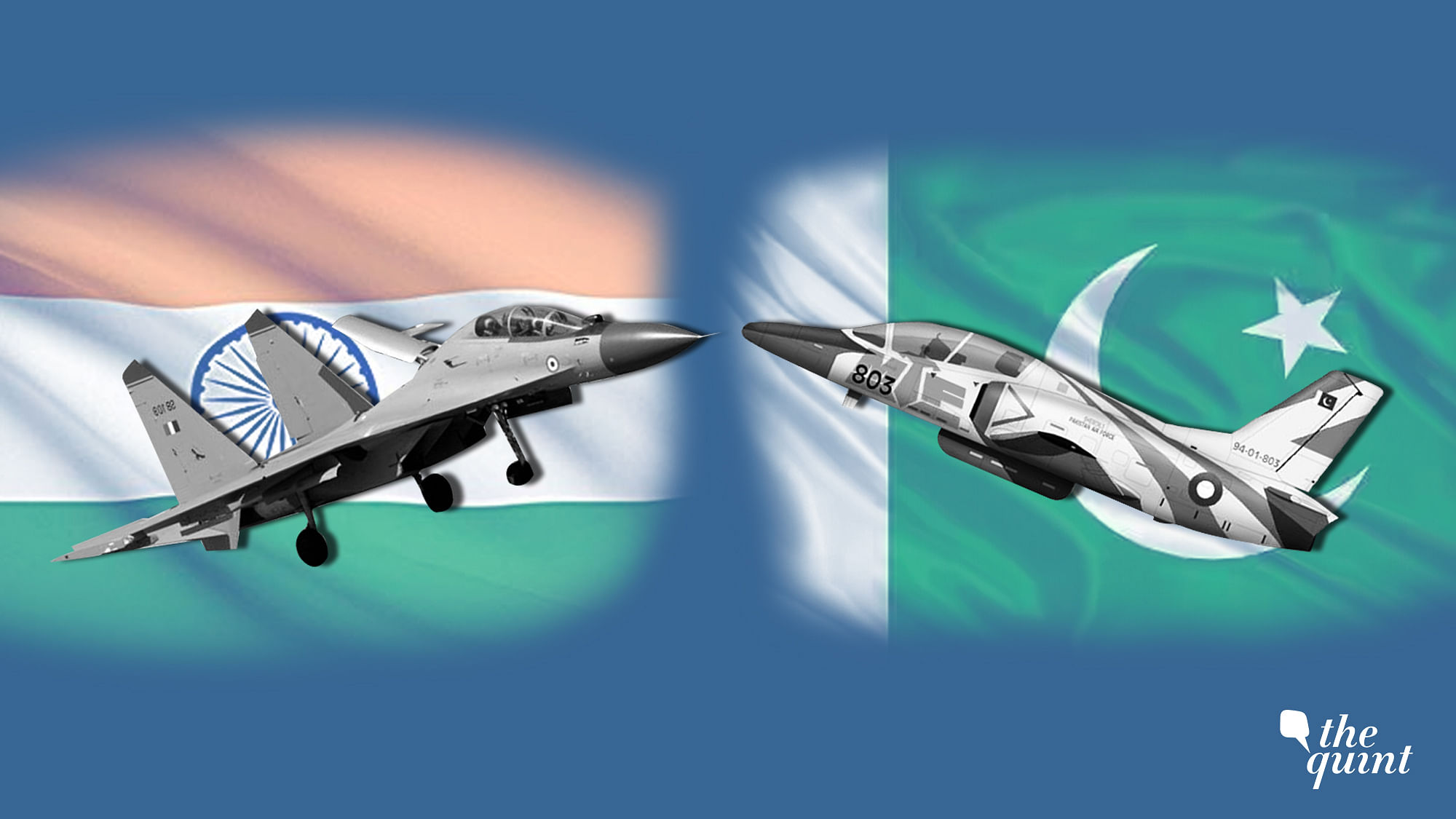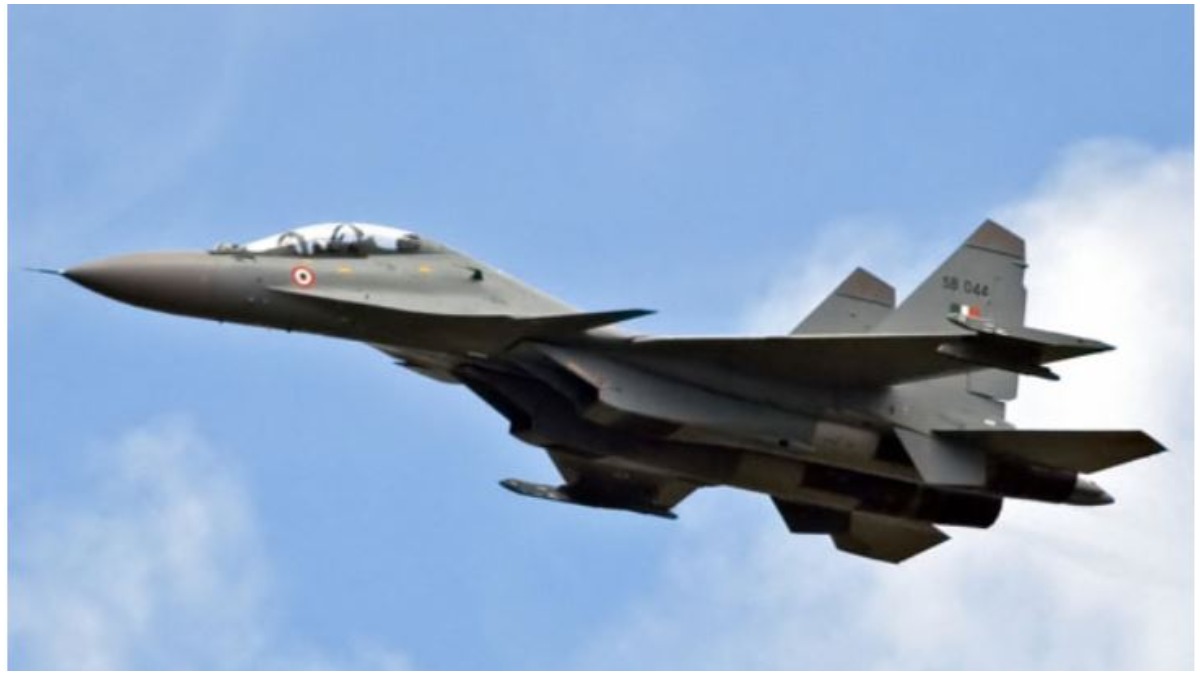Heavy Aircraft - Take a close look along the length of a propeller, from the tip towards the spinner, and you will likely notice that it looks like the propeller twists. This twist along each propeller blade is, of...
"Separation is applied to aircraft operating directly behind a super or heavy at the same altitude or less than 1,000 feet below, and to small aircraft operating directly behind a B757 at the same altitude or less than 500 feet below:if(typeof ez_ad_units != 'undefined'){ez_ad_units.push([[300,250],'airplaneacademy_com-banner-1','ezslot_9',127,'0',
Heavy Aircraft

'0'])};__ez_fad_position('div-gpt-ad-airplaneacademy_com-banner-1-0'); It has a spacious cargo compartment 43.32m-long, 6.4m-wide and 4.4m-high, which allows it to carry heavy cargo weighing up to 250t. The An-225 is powered by six D-18T turbofans, which develop a thrust of 229.7kN each.
Practical Application
I've been flying since I was 14 years old and have loved every minute of pursuing aviation ever since. Particular highlights include my seaplane rating in Talkeetna Alaska in a Super Cub on floats, getting my instrument rating, taking mountain flying courses in the Idaho backcountry, and purchasing my first airplane (a 1975 Cessna 182P) in 2016. Aviation is my biggest passion and
Airplane Academy is my outlet to continuously research aviation tips, tricks, and FAQs and present them in a helpful way both on this website as well as our YouTube channel. You can read more about my story here.
The above image is a practical way to avoid wake turbulence during flight. Often times it will be your discretion as a pilot to remain clear of wake turbulence, but interestingly, ATC also has regulations when it
comes to separation, particularly for heavy aircraft. How does this affect you as a pilot? I always had a hard time time retaining and applying knowledge unless it seemed applicable to what I was doing, so let me emphasize that even if you are only flying small general aviation

Avoiding Wake Turbulence From Heavy Aircraft During Takeoff/Landing
aircraft, recognizing these weight classifications is very important to you a daily basis. The reason is awake turbulence. As mentioned, wake turbulence is greatest during takeoff and landing and when aircraft are “heavy, clean, and slow”.
Because you often cannot see the actual wake vortices, a good visualization technique to use in order to avoid wake turbulence is to "remain in the bowl". Since the FAA now requires any aircraft with a maximum
takeoff weight (MTOW) in excess of 300,000 pounds to use the term “heavy,” general aviation pilots might start noticing this phrase more often, especially when flying near busy airspace such as Charlie or Bravo. The aircraft features a large side cargo door and a unique nose door, ensuring rapid loading and off-loading of standard containers and pallets, or outsized cargo.
Its power plant can be equipped with either four Pratt & Whitney PW4062 or Rolls-Royce RB211-524H-T or four GE CF6-80C2-B5F engines. With more than 5 million pounds of thrust at liftoff, Falcon Heavy is one of the most capable rockets flying.
What Are Examples Of ”Heavy” Aircraft?
By comparison, the liftoff thrust of the Falcon Heavy equals approximately eighteen 747 aircraft at full power. Falcon Heavy can lift the equivalent of a fully loaded 737 jetliner—complete with passengers, luggage and fuel—into orbit. All aircraft that weigh more than 41,000 pounds, maximum
certified takeoff weight, up to but not including 300,000 pounds, are classified by the FAA as “Large” aircraft. This change reclassifies all B757 aircraft as “Large” aircraft; however, controllers are required to apply the special wake turbulence separation criteria as specified in paragraph 7-3-9 of

the Aeronautical Information Manual (AIM). The 747-400 LCF, which is an extensively modified version of the Boeing 747-400, made its first flight in September 2006. The 747 Dreamlifter can carry more cargo volume than any other cargo aircraft in the world.
Hi, I'm Charlie. I have been flying since I was 14 years old and have been in love with aviation for as long as I can remember. In 2018 I started Airplane Academy alongside other avid pilots and flight instructors to equip current pilots and inspire future pilots.
Unmatched Performance
The world needs more pilots and I hope to help accomplish that in some small way. Read more about Airplane Academy at the link below. According to an FAA notice from 2010 (N JO 7110.525), "Aircraft capable of takeoff weights of 300,000 pounds or more, whether or not
they are operating at this weight during a particular phase of flight, will now be classified as a 'Heavy' aircraft according to FAA and ICAO weight classification standards.” When a smaller plane is caught in a vortex, it will be
rolled at a rate the pilot may not be able to counter, causing the plane to crash. Even super or heavy planes can be adversely affected by vortices from a super or heavy aircraft. As a kid, Clarice Phelps dreamed of being an astronaut, or maybe an explorer like the characters on Star Trek.
Her path to a career in science turned out to be a bit different than what she expected, including lengthy stints on a nuclear-powered aircraft carrier. But that path led her to being a part of something big: the discovery of a new element on the periodic table.

Second Stage
The first 747-300SF was delivered to Atlas Air in October 2000. The aircraft offers 26,600ft3 of cargo volume, which is equivalent to that of the 747-200F. It is propelled by either four PW JT9D-7R4G2 engines or four GE CF6-80C2B1 or RR RB211-524D4 engines.
Falcon Heavy draws upon Falcon 9's proven design, which minimizes stage separation events and maximizes reliability. The second-stage Merlin Vacuum Engine delivers the rocket's payload to orbit after the main engines cut off and the first-stage cores separate.
Merlin is a family of rocket engines developed by SpaceX for use on its Falcon 1, Falcon 9 and Falcon Heavy launch vehicles. Merlin engines use RP-1 and liquid oxygen as rocket propellants in a gas-generator power cycle.
The Merlin engine was originally designed for recovery and reuse. In addition to the weight of the plane, the power of the vortices is affected by the speed of the plane and the shape and span of its wings.
Review Of Wake Turbulence
According to the FAA, a vortex speed of almost 300 feet per second has been recorded.if(typeof ez_ad_units != 'undefined'){ez_ad_units.push([[300,250],'airplaneacademy_com-medrectangle-4','ezslot_6',125,'0','0'])}; __ez_fad_position('div-gpt-ad-airplaneacademy_com-medrectangle-4-0'); It's one thing to know why and when an aircraft is called heavy, but it’s more important to know how this might impact you as a pilot.
We'll cover examples of commonly heavy aircraft and discuss the responsibilities of ATC (and you as the pilot in command) when flying around these aircraft. Nuclear chemist Clarice Phelps works under a fume hood at Oak Ridge National Laboratory.

Oak Ridge National Laboratory hide caption The bigger the aircraft, the larger the wake they create. Think of large ships and how much water they displace when moving about. The aircrafts' wakes are greatest during takeoffs and landings.
For that reason, air traffic controllers say the word "super" or "heavy" when identifying nearby aircraft that fall under those categories, so pilots of other planes will know to stay clear. The 747-200F took into the skies for the first time in November 1971. The first 747-200F was delivered to Lufthansa in April 1972, while the last aircraft was handed over to Nippon Cargo in November 1991.
Boeing Dreamlifter / - Large Cargo Freighter – Kg
It might have been a while since you or your instructor discussed wake turbulence avoidance. If so, see our article on “How does an airplane form wake turbulence?” In essence, the wings of planes of all sizes create vortices—counter-rotating cylindrical air masses—that can greatly disrupt the flight path of smaller aircraft.
The Boeing 747 Dreamlifter, also known as the 747-400LCF (Large Cargo Freighter), has been designed to transport large fuselage sections and wings of the 787 Dreamliner from partner sites around the world to Boeing's assembly site in Everett, Washington.
A "heavy" designation means an aircraft has a certificate maximum takeoff weight (MTOW) of 300,000 pounds or greater. This designation helps controllers better alert and space aircraft accordingly that might be more susceptible to the increased wake turbulence created by these heavy
aircraft. Not only is it useful to be familiar with what a “heavy” designation is means to you and your particular flight, it is also extremely valuable to be familiar with the majority of common aircraft you might encounter so that you

Legal Info
can recognize them on the radio and calculate speed and spacing requirements as needed. While flying into a Class Charlie airspace you're on a four-mile final and ATC tells you “caution wake turbulence for heavy aircraft
landing.” You know what to do since your instructor taught you proper wake up turbulence avoidance techniques, but why are some airplanes called “heavy”? This site is owned and operated by Charlie Gasmire. AirplaneAcademy.com is a participant in the Amazon Services LLC Associates Program, an affiliate advertising program designed to provide a means for sites to earn advertising fees by advertising and linking to Amazon.com.
This site also participates in other affiliate programs and is compensated for referring traffic and business to these companies. ATC actually has guidelines for how much time should elapse between departures depending on the weight classification of the aircraft.
These guidelines can be found in Section 7-3-9 of the AIM. This goes to ensure safe departures given the intensified wake turbulence from heavy and super heavy aircraft. if(typeof ez_ad_units != 'undefined'){ez_ad_units.push([[300,250],'airplaneacademy_com-box-4','ezslot_7',126,'0','0'])};__ez_fad_position('div- gpt-ad-airplaneacademy_com-box-4-0'); Three cores make up the first stage of Falcon Heavy.
Antonov An- – Kg
The side cores, or boosters, are connected on the nosecone, the interstage, and on the octaweb. Shortly after liftoff the center core engines are throttled down. After the side cores separate, the center core engines throttle back up to full thrust.
With a take-off weight of 640t, the mammoth Antonov An-225 Mriya (NATO reporting name: Cossack) is the world's largest civilian cargo aircraft. The super heavy transport air lifter, designed and built between 1984 and 1988, is currently in commercial service with Antonov Airlines.
The aircraft, which made its service debut with the US Air Force in 2009, is the largest military cargo aircraft in the USAF fleet. It is powered by four GE CF-80C2 engines, which develop a thrust of 225kN each.
Get the 23 resources I wish I had at the start of my aviation journey in an easy-to-reference PDF. Nearly all of the topics I most commonly get asked about flight training, all in one place, for free.
This is discussed in chapter five of the Pilot's Handbook of Aeronautical Knowledge, which says you should: “Rotate prior to the point at which the preceding aircraft rotated when taking off behind another aircraft,” and “Approach the runway above a preceding one
aircraft's path when landing behind another aircraft and touching down after the point at which the other aircraft wheels contacted the runway.”
old airplanes for sale cheap, cheap experimental airplanes for sale, faa aircraft types and categories, old airplane cockpits for sale
